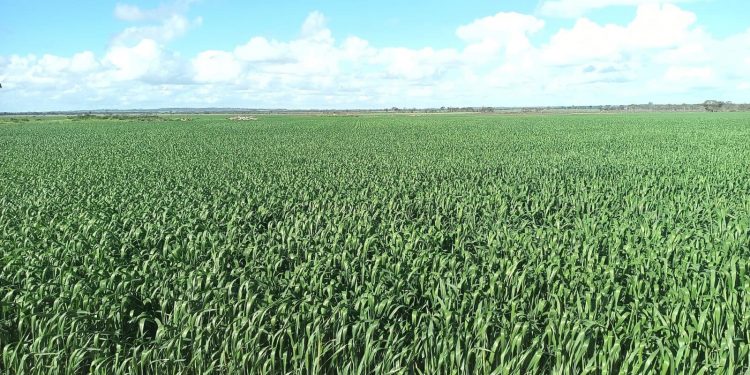Lower feedgrain prices reflect market dynamics and expectations for a large new crop, as trade activity slows and growers prepare for forward sales.
This week, domestic feedgrain prices in Australia have experienced a decline due to consolidating market conditions and weaker global prices. The Australian Grains Industry Conference (AGIC) in Melbourne has highlighted these trends, with discussions focusing on limited export demand and the expected influx of a substantial new crop.
The current situation has led to a reduction in feedgrain values, with many traders noting a slowdown in market activity. This is compounded by the anticipation of significant yields, particularly from New South Wales, which could prompt growers to initiate forward sales.
In Victoria and South Australia, regions are in need of good rainfall to ensure even average yield prospects as warmer weather approaches. Conversely, Queensland, New South Wales, and much of Western Australia are poised for a potentially bumper season. The possibility of the largest wheat crop ever in northern NSW has been a key topic at AGIC.
Current Prices:
| Grain Type | Prompt (July 25) | New Crop (July 25) |
|---|---|---|
| Barley Downs | $350 | $375 |
| ASW Downs | $350 | $374 |
| Sorghum Downs | $325 | $325 |
| Barley Melbourne | $330 | $340 |
| ASW Melbourne | $340 | $360 |
North Drops on Glowing Season: Wheat and barley crops in northern New South Wales and southern Queensland are benefiting from excellent seasonal conditions. However, forward sales remain subdued. Scott Merson from Sunrise Commodities noted that while there is growing interest in new-crop selling for wheat and barley, forward sales are not yet substantial. The market is awaiting higher APW multigrade prices.
Barley continues to be favored by lotfeeders during the summer months. The drop in prompt sales is more indicative of reduced consumer bids rather than a decrease in volume traded.
South Finds Peaks: In southern regions, brokers like Graham Martin Dye from Delta Agribusiness are hopeful for a price rally of around $20 per tonne in wheat and barley before committing to new-crop sales. Tom Vanzella from Delta Agribusiness remarked that the realization of stable prices, regardless of local or international factors, is starting to settle in NSW.
Chris Kelly from Kelly Grains indicated that growers in southern NSW are holding onto reasonable quantities of current crop grain. Despite occasional market spikes driven by export demand, growers are reluctant to sell at weaker bids. Trent Smoker from Clear Grain Exchange noted that there is a substantial amount of unsold grain compared to previous years, with sellers holding firm on their price expectations.
As the new crop continues to grow, the market dynamics reflect both the anticipation of a large supply and the impact of lower global prices on domestic feedgrain values.





